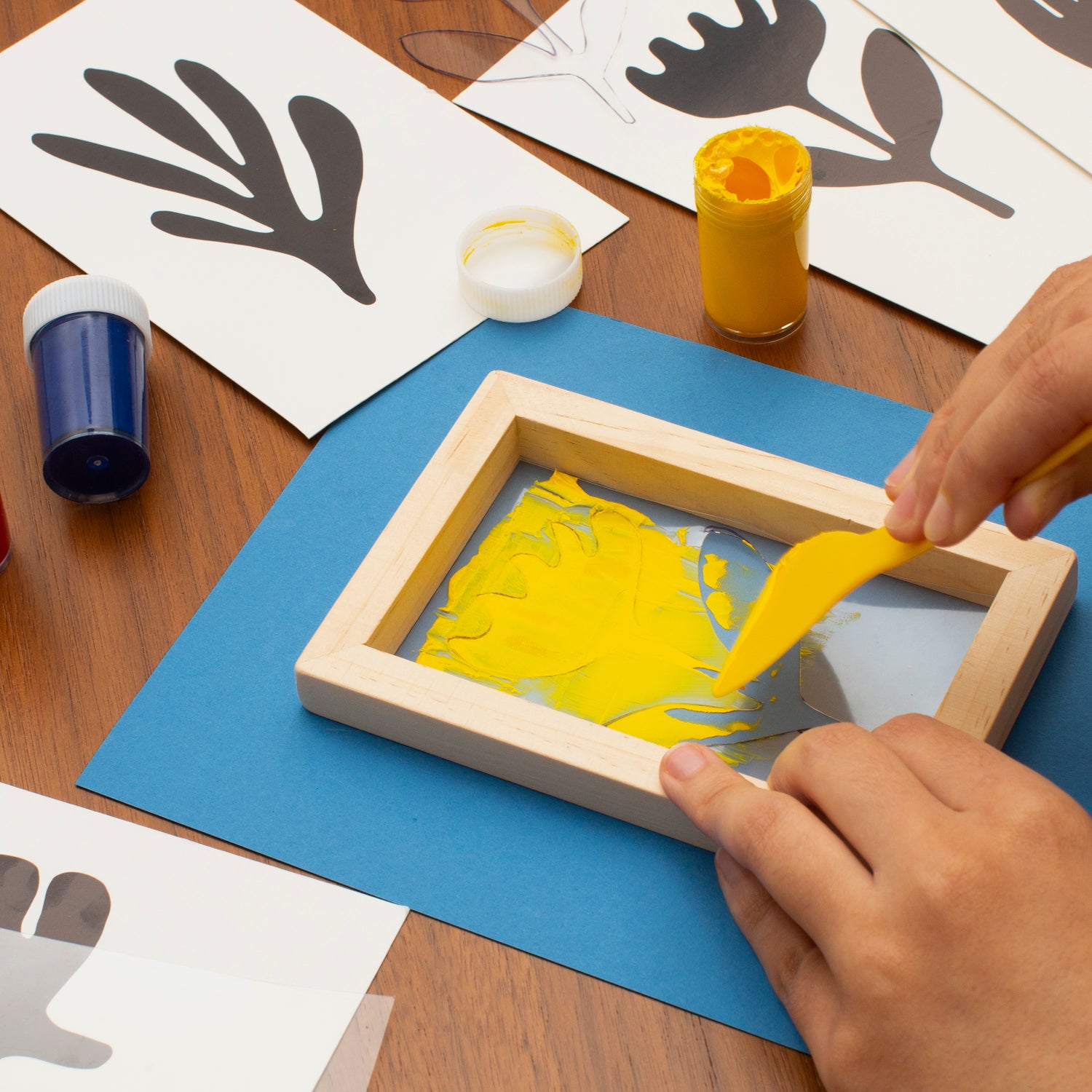The Essential Guide to Understanding Screen Printing and Its Versatile Uses
Screen printing has a rich background that dates back to old times, evolving right into an innovative method made use of across different industries today. This guide checks out the complexities of the screen printing procedure, outlining its applications in marketing, home, and style décor - 10:9 Design Screen Printing Texas. Recognizing these basics can open imaginative capacity for both artistic and industrial jobs. The following areas will reveal necessary ideas and methods to enhance one's screen printing undertakings
The Background of Screen Printing
Although screen printing has roots that trace back centuries, its advancement shows the creative and technical developments of numerous societies. Coming from old China, the method was at first used for embellishing textiles and later spread to Japan, where it became important to Ukiyo-e woodblock printing. The approach moved to Europe in the 18th century, where it acquired appeal among artisans and industrial printers. The invention of picture solution in the 20th century changed screen printing, enabling even more complex layouts and greater efficiency. Artists like Andy Warhol further drove its popularity, using the tool to develop renowned jobs that mixed commercialism and art. By the late 20th century, screen printing had established itself as a versatile method, utilized in vogue, advertising and marketing, and great art. Today, it proceeds to progress, integrating electronic modern technology and broadening its applications across various sectors.
The Screen Printing Process Explained
Screen printing transforms creative visions into tangible styles with a collection of exact actions. At first, a picture is produced and after that transferred onto a screen, typically constructed from fine mesh fabric stretched over a frame. A light-sensitive solution is put on the screen, which is subjected to light, solidifying in locations not covered by the photo. After rinsing the unhardened solution, a stencil is formed.
Next off, the screen is placed over the substrate, whether it be textile, paper, or another product. Ink is after that pushed through the open areas of the stencil using a squeegee, depositing the layout onto the substrate below. This process can be duplicated for numerous colors, requiring separate screens for every hue. Lastly, the published product is treated using warm to guarantee the ink sticks appropriately, leading to a long lasting, dynamic design on-line.
Types of Screen Printing Techniques

Furthermore, specialty methods, such as discharge screen printing, eliminate dye from the material to develop softer prints, while aluminum foil screen printing uses metal aluminum foil to attain a shiny finish (10:9 Design Embroidery). Each method supplies distinctive attributes, catering to different innovative demands and vinyl cut signs production scales, inevitably expanding the possibilities within the screen printing domain name
Applications of Screen Printing in Various Industries

Additionally, the signage and marketing sectors utilize screen printing for developing distinctive screens and banners. This technique permits vibrant colors and detailed layouts that catch focus. In electronic devices, screen printing is utilized for using conductive inks to circuit boards, crucial for part links. Moreover, the home design industry welcomes screen printing to create unique styles on textiles and wall surface art. In general, screen printing functions as a crucial tool across diverse areas, enhancing products with individualized and aesthetically enticing graphics.
Tips for Effective Screen Printing Projects
While carrying out a screen printing project, cautious attention to information can substantially improve the last result. Initially, picking top quality products is important; this includes the screen, inks, and substratums. Using ideal mesh matters can affect ink deposition and information resolution. Preparation is similarly crucial; complete cleaning of screens and appropriate exposure times assure crisp prints.
Next off, accurate enrollment is vital for multi-color prints. Making use of positioning tools can help accomplish precise layering. Furthermore, testing prints on scrap products before production assists identify potential issues without wasting sources.

Regularly Asked Concerns
What Materials Are Best for Screen Printing on Fabric?
Cotton and polyester blends are optimal for screen printing on fabric as a result of their durability and ink absorption. Additionally, specialized textiles like silk or canvas can create one-of-a-kind appearances and surfaces, improving the total layout high quality.
Just how Do I Tidy and Maintain Screen Printing Devices?
To maintain and cleanse screen printing tools, one should on a regular basis clean displays with appropriate solvents, examine mops for wear, oil moving parts, and store all things in a completely dry, dust-free setting to prolong their lifespan.
What Are the Ecological Influences of Screen Printing?
Screen printing can have significant environmental effects, including chemical waste from inks and solvents, water use throughout cleaning processes, and power usage. Sustainable methods and eco-friendly products are essential for minimizing these negative effects.
Can Screen Printing Be Done in your home Successfully?
Screen printing can be effectively done at home with the ideal materials and methods. Hobbyists can produce top quality prints, though success relies on their ability level, equipment, and understanding of the process involved.
What Are the Expenses Connected With Starting a Display Printing Business?

Beginning a screen printing company involves prices for equipment, materials, and office. First expenses generally vary from a few hundred to numerous thousand bucks, depending on the scale, top quality of equipment, and preferred manufacturing ability.
Screen printing has a rich background that dates back to ancient times, developing into an advanced technique made use of across various markets today. Another method, rotary screen printing, utilizes round screens, assisting in constant printing on material rolls, consequently improving performance for large-scale productions. Furthermore, specialized methods, such as discharge screen printing, get rid of color from the material to create softer prints, while aluminum foil screen printing applies metal aluminum foil to attain a shiny surface. In the fashion industry, screen printing is extensively utilized to create vibrant styles on apparel, allowing brands to showcase their distinct designs. Cotton and polyester blends are ideal for screen printing on material due to their durability and ink absorption.